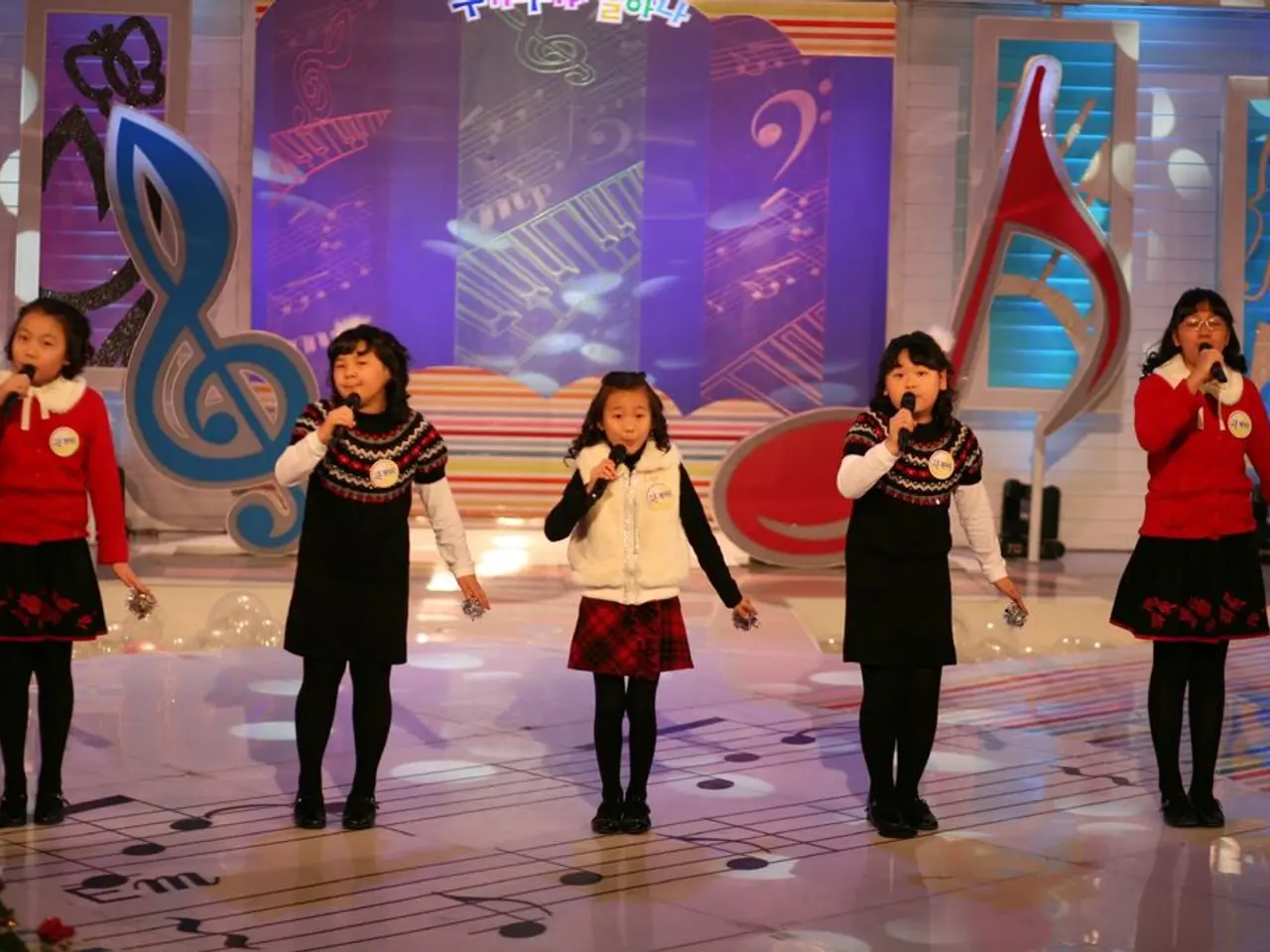Federal Court Justice on World War II Japanese American Internment Camp Case
During World War II, American-born Japanese found themselves stranded in Japan, seeking to confirm or restore their American citizenship through the courts. This was a tumultuous period for Japanese Americans, as the government sought to expel those detained in camps, including U.S. citizens and those taken from Latin America, through a renunciation process and deportation proceedings.
One of the most significant court cases during this time was Korematsu v. United States (1944). Fred Korematsu defied the exclusion order that mandated the relocation of Japanese Americans and was convicted for violating military orders. The U.S. Supreme Court upheld the constitutionality of the internment, ruling 6-3 that the exclusion and internment were justified under the circumstances of "direst emergency and peril" posed by World War II.
However, this ruling symbolised the severe infringement on civil rights faced by Japanese Americans and became a legal and historical touchstone for later efforts seeking justice and redress. In the decades following the war, public attitudes and legal interpretations shifted. In 1976, President Gerald Ford formally repealed Executive Order 9066, which had authorized the internment, expressing regret for the policy and acknowledging the wrongful treatment of loyal Japanese Americans.
A landmark development came in 1982 when a presidential commission identified the internment as driven by racial prejudice, war hysteria, and political failure. This paved the way for a redress movement, which benefited substantially from the work of community advocates like Jack and Aiko Herzig. Their historical research helped prove the illegal nature of many wartime incarcerations and helped vacate wrongful convictions such as Korematsu's through writs of coram nobis.
The efforts of the Herzigs and others fed into the broader political momentum that culminated in the Civil Liberties Act of 1988. This Act granted reparations of $20,000 to over 80,000 surviving Japanese American internees and included a formal Congressional apology for the injustice.
Lawsuits were also filed, both individually and as class actions, aimed at reinstating U.S. citizenship and preventing mass removal. Notable cases included Acheson v. Miye Mae Murakami et al., Norio Kiyama et al. v. Herter, Etsuko Arikawa v. Acheson, Yuichi Inouye et al. v. Clark. Some Japanese Americans who served in the Japanese military during World War II also sought to have their citizenship restored, with cases such as Kiyokuro Okimura v. Acheson, Hisao Murata v. Acheson, Yoshiro Shibata v. Acheson, Toshio Kondo v. Acheson, and Shigenori Morizumi v. Acheson being representative of this movement.
While the Civil Liberties Act of 1988 provided reparations to camp survivors who were U.S. citizens and permanent residents, class action suits were also filed to prevent involuntary deportation and full restoration of citizenship for thousands who had renounced, charging that they had been deceived or coerced under the Renunciation Act of 1944. Japanese Peruvians, for example, filed test suits in 1946 to prevent deportation to Japan. The federal government agreed to suspend expulsion, reclassify them as resident aliens, and allow them to stay in the United States.
However, the fight for justice was not over. Japanese Latin American internees achieved only a partial victory with a settlement in 1999, and their fight for equal compensation continues to this day. The cases and civic actions of this era shaped the historical narrative by exposing the legal failures and racial discrimination behind the internment, fostering recognition of Japanese Americans as loyal citizens wronged by governmental overreach, and forming the basis for later civil rights advocacy and reparations. The Supreme Court ruling, while initially upholding internment, ultimately spurred reflection and legal challenges that led to government acknowledgment and legislative redress decades later.
[1] Yoo, John C. "The Japanese American Internment: A Constitutional Perspective." Harvard Journal of Law & Public Policy 23, no. 1 (Winter 2000): 111-169. [2] Chang, Jeffery. "Justice Delayed: The Campaign for Redress." The Pacific Historical Review 62, no. 1 (February 1993): 1-23. [3] Daniels, Roger. Asian America: Chinese and Japanese in the United States Since 1850. New York: Hill and Wang, 1988. [4] Herzig, Jack, and Aiko Herzig-Yoshinaga. "The Evacuation of Japanese Americans and the Japanese Latin Americans: A Study of the Legal Issues Involved." University of California, Los Angeles, 1973. [5] Herzig, Jack, and Aiko Herzig-Yoshinaga. "The Law and the Japanese American Redress Movement: The Role of the Writ of Coram Nobis." UCLA Law Review 34, no. 2 (January 1987): 295-354.
- Pursuing a comprehensive approach to health and wellness, one may find resources that shed light on historical medical-conditions, such as the Japanese American internment, providing valuable lessons in education-and-self-development.
- In the world of sports, the struggle for justice experienced by Japanese Americans during World War II symbolizes resilience and the determination to overcome adversity, a story that continues to inspire athletes today.



